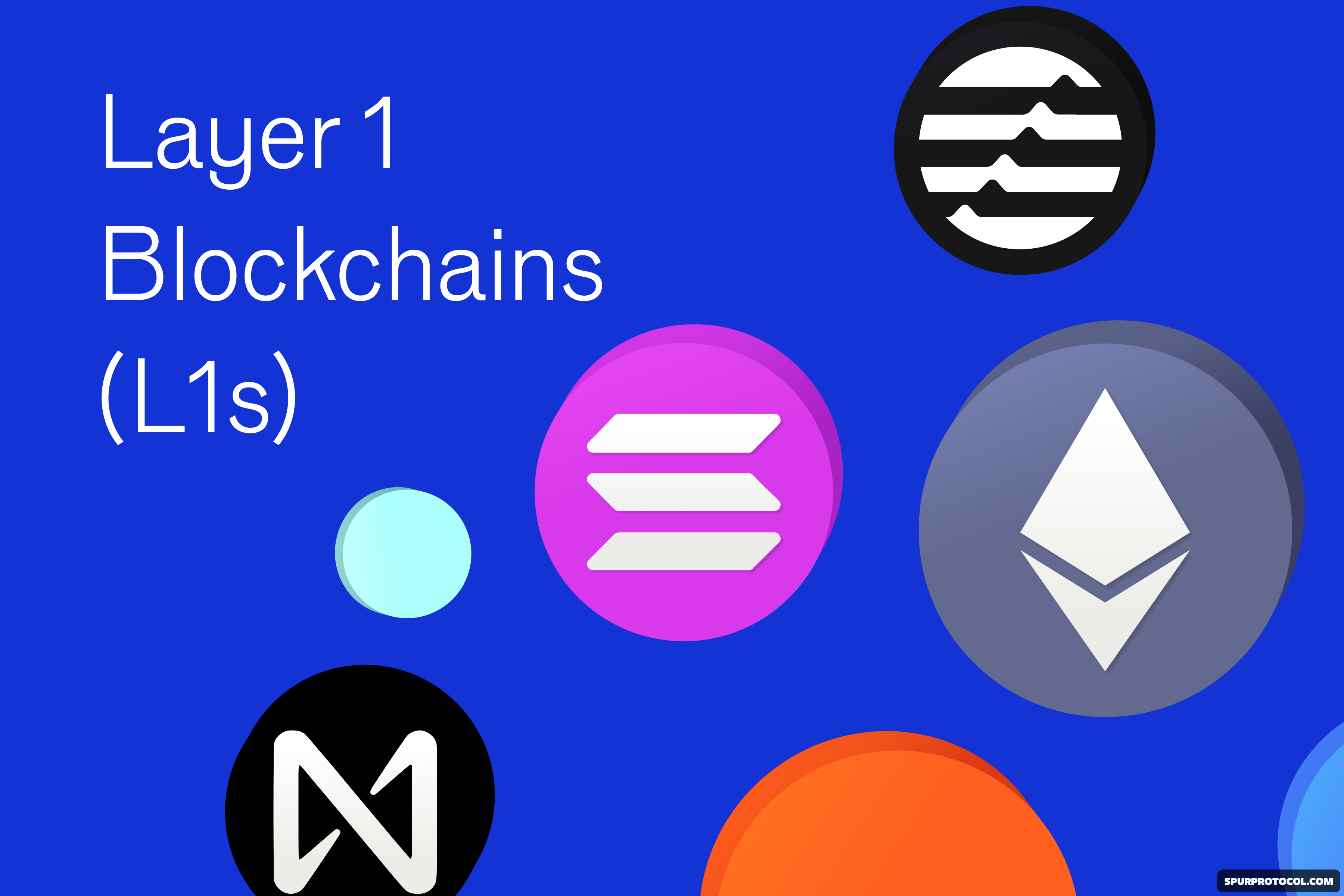LAYER 1 SOLUTIONS IN BLOCKCHAIN
Layer 1 solutions are improvements made directly to the core protocol of a blockchain network to enhance its scalability, speed, and efficiency.
Go Back

🕒 7:26 PM
📅 Oct 15, 2025
✍️ By chyneyz
These solutions modify the blockchain's architecture to increase its capacity to process transactions without compromising security or decentralization. Examples include the transition to a Proof-of-Stake consensus mechanism like in Ethereum's Merge, or using techniques like sharding to split the network's processing load.
How layer 1 solutions work
☆ Changing consensus mechanisms:
Moving from energy-intensive mechanisms like Proof-of-Work to more efficient ones like Proof-of-Stake can significantly improve transaction speed and reduce fees, as seen with Ethereum's Merge.
☆ Increasing block capacity:
Some Layer 1s increase the amount of data each block can hold or accelerate the rate at which blocks are confirmed, boosting overall transaction throughput.
☆ Sharding:
This technique divides the blockchain's network into smaller, more manageable partitions (shards) that can process transactions in parallel, improving scalability without sacrificing security.
☆ Optimizing data handling:
Some solutions focus on improving how data is stored and processed, such as using techniques like Parallel EVM to allow for the concurrent execution of transactions, as implemented by BNB Chain.
Examples of Layer 1 blockchains and solutions.
☆ Ethereum:
The transition to Proof-of-Stake with "The Merge" is a prime example of a Layer 1 scaling solution.
☆ Bitcoin:
SegWit (Segregated Witness) is a soft fork that increases transaction capacity by changing how block data is organized.
☆ BNB Chain:
Increased its block gas limit and implemented optimizations like Parallel EVM to handle a high volume of transactions.
☆Cardano:
Is a Layer 1 blockchain that uses a Proof-of-Stake consensus mechanism to enhance scalability.

